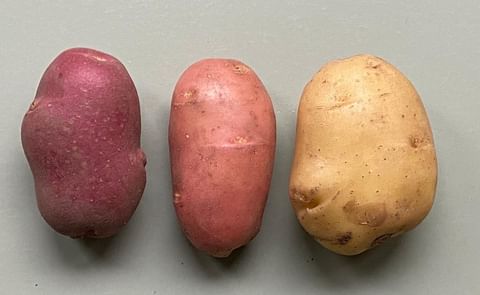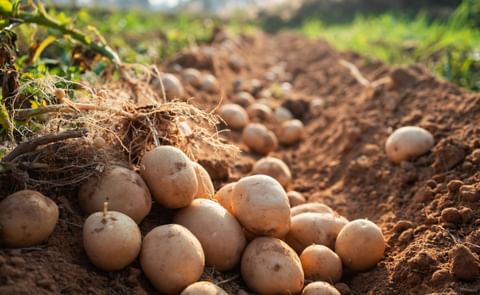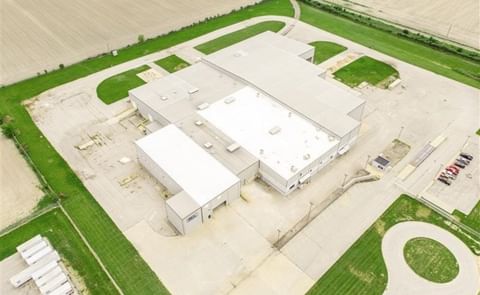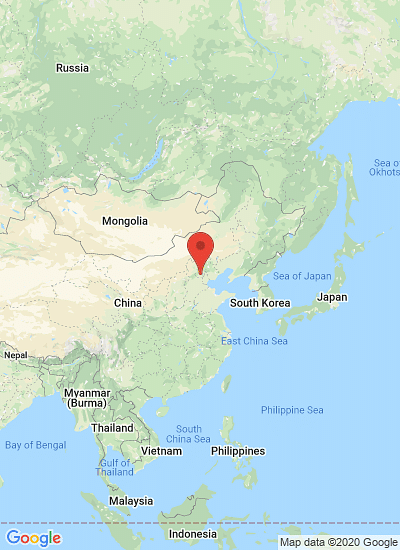For over 30 years, the International Potato Center (CIP) has played a significant role in developing Sino-Peruvian relations through the introduction and promotion of various varieties of drought and disease resistant potato and sweet potato to China. This has effectively helped the country become the world’s largest producer of both crops.
The extensive role of CIP in fomenting this Trans-Pacific partnership recently became evident when journalist and writer Patricia Castro Obando published a book titled Apasionados por el Peru (Passionate for Peru) that highlights Chinese people who have made significant contributions to China-Peru exchanges. The book featured CIP’s Dr. XIE Kaiyun as one of these noteworthy individuals, owing to his role as a lead scientist in the Beijing office of CIP.
China produces over 25% of the world’s potato and 80% of the world’s sweetpotato crops in an estimated 5 million hectares of cropland (a combined area larger than Costa Rica), and Peru is the principal source of the majority of the varieties grown in the country today. According to Patricia Castro, “CIP’s role in China-Peru relations began in 1978, when China sent a delegation to Lima.” CIP gave the delegation a special hardy variety of potato called CIP-24 that is resistant to both drought and various diseases. CIP-24 is incredibly well adapted to the needs of China’s rural farmers and is still grown in over 200,000 hectares of the country.
In her book, Patricia Castro explains how CIP opened an office in Beijing in 1985 after signing an agreement with the Chinese Academy of Agricultural Sciences. After establishing a base in the country, CIP began to share further potato and sweetpotato germplasm with rural Chinese farmers. CIP then commenced to train Chinese researchers, and began sharing knowledge of pest and disease detection with Chinese scientists. Dr. XIE Kaiyun explains that almost all of the prominent potato and sweetpotato scientists in China began their careers at CIP, “With over 2000 Chinese specialists trained by CIP thus far.”
In 1994, CIP presented a variety of potato called Tacna to China, following which the government introduced this potato to the dry areas in the north of the country. Owing to its resistance to drought, heat, viruses, and high levels of soil salinity, the Tacna variety achieved a 40% performance improvement over other varieties in the area. The Tacna variety was responsible for considerable improvements and increases in potato production across China. Re-released by the Chinese government as Jizhangshu 8 in 2006, this variety is the fastest growing potato crop in the country.
During the 90s, China also focused on the promotion of sweetpotato with the help of CIP. This crop was principally destined for the production of noodles. However, as a result of an increasing internal market demand for pork, farmers started to produce sweetpotato for animal feed and this greatly increased crop production.
On June 17, 2013, the Peruvian Embassy in China and Western Returned Scholars Association Latin America Branch co-hosted a book release conference for Ms. Castro’s publication. At the conference, Mr. Gonzalo Gutierrez Reinel, Peruvian ambassador to China, presented a Certificate of Honor to each of the 18 Chinese individuals featured in the book, including Dr. XIE Kaiyun.
Source: International Potato Center
Using the Potato to Develop China-Peru Relations
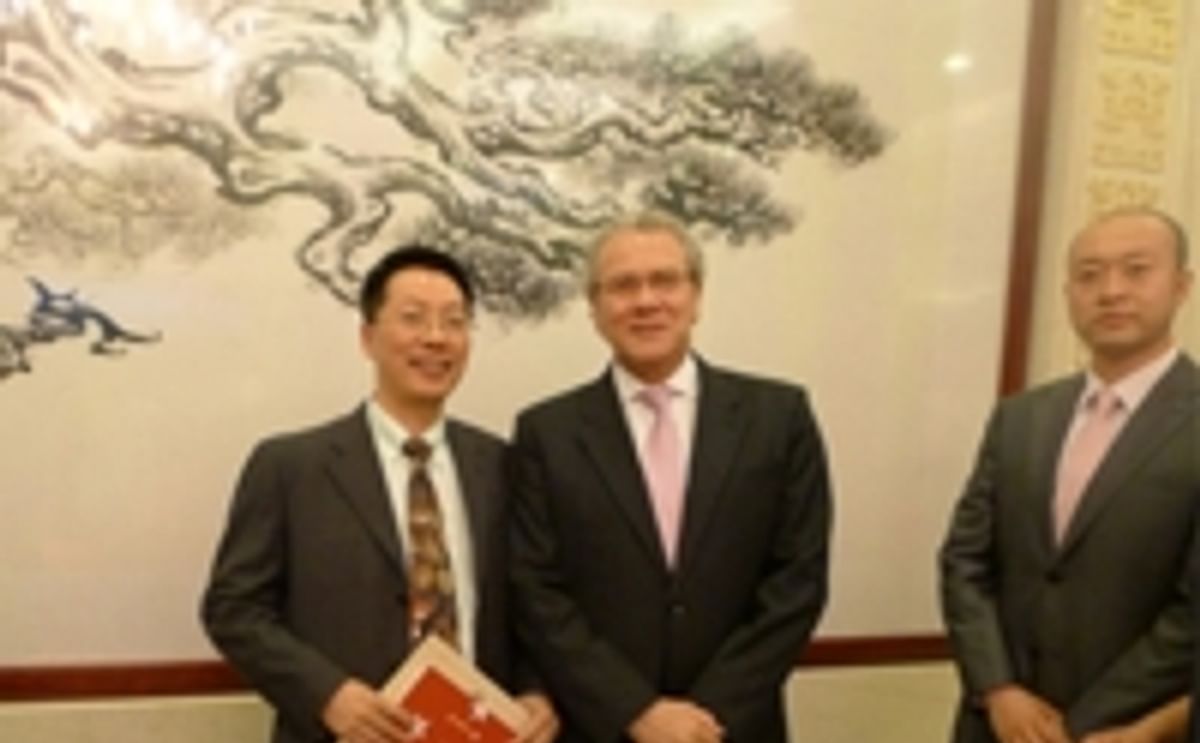
Like to receive news like this by email? Join and Subscribe!
NEW! Join Our BlueSky Channel for regular updates!
Uitgelichte Bedrijven
Sponsored Content
Sponsored Content
Sponsored Content
Sponsored Content
Sponsored Content


